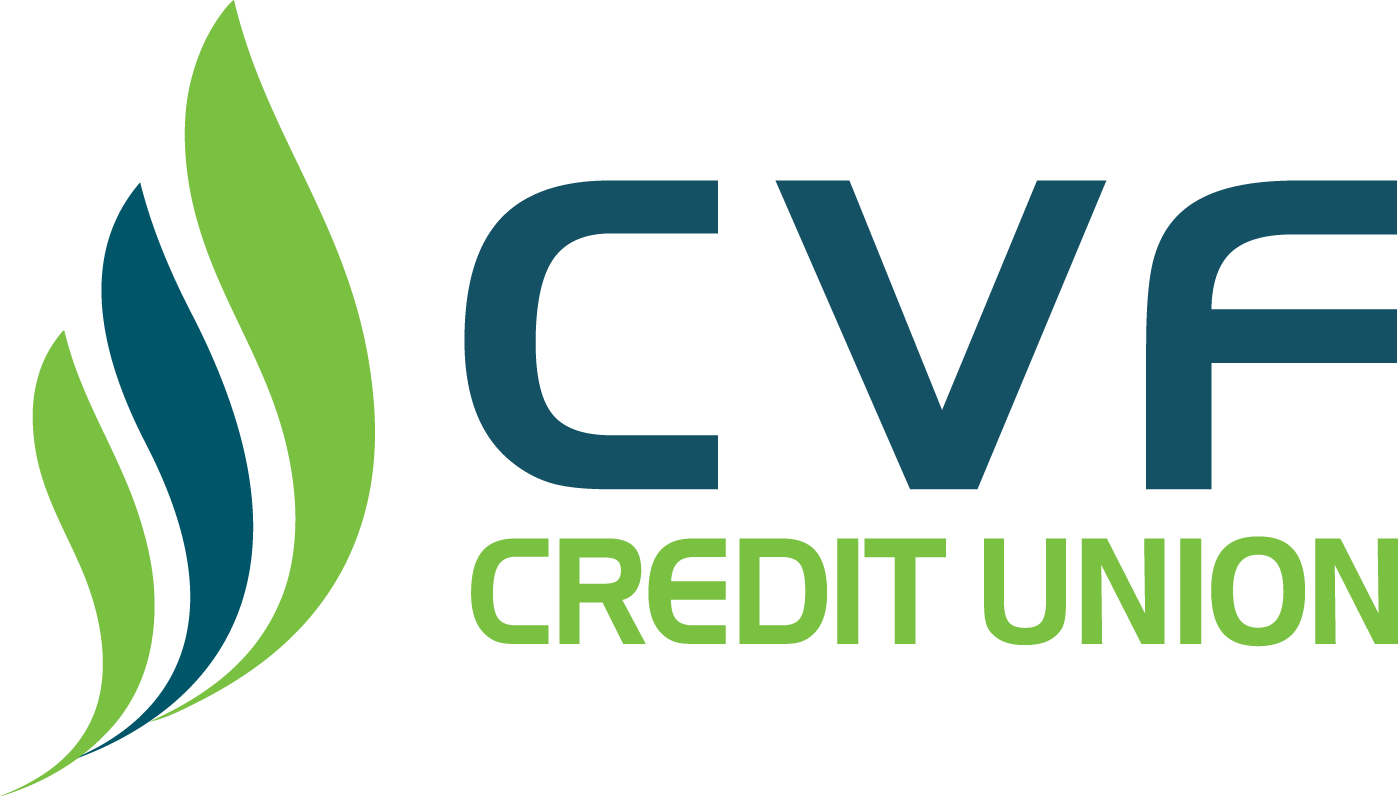
The Ultimate Guide To IRAs: What They Are, Pros and Cons
An IRA is an ideal way to save for retirement and secure your financial future. But before you invest, it’s important to understand the different types of IRAs available and how they work. This article will examine the different kinds of IRAs and the pros and cons of each.
Types of IRAs (With Pros and Cons of Each)
There are several types of IRAs, each with its own rules and benefits.
1. Traditional IRA
Traditional IRAs are the most common type of IRA. They let you contribute pre-tax dollars, which lowers your taxable income and helps you qualify for other tax breaks.
Pros:
- You can deduct your contributions from your taxes (up to $5,500 per year or $6,500 if you’re 50 or older).
- Your money grows tax-deferred until you withdraw it in retirement.
- You can take a penalty-free withdrawal for certain expenses, such as college tuition or a first home purchase.
Cons:
- You pay taxes on your withdrawals in retirement.
- If you withdraw money before age 59 ½, you may owe a 10% early withdrawal penalty.
2. Roth IRA
With a Roth IRA, contributions are made with after-tax dollars, which means your taxable income is not lowered for the year. However, all earnings grow tax-free and can be withdrawn tax-free in retirement as long as you meet the requirements.
Pros:
- Your contributions are not tax-deductible, but your withdrawals in retirement are tax-free.
- You can withdraw contributions without penalty and without paying taxes or penalties.
- There are no required minimum distributions (RMDs) during your lifetime.
Cons:
- You may need to meet certain income requirements to qualify for a Roth IRA.
- The contribution limits ($5,500 per year or $6,500 if you’re 50 or older) are lower than those of a traditional IRA.
3. SEP IRA
SEP IRAs (Simplified Employee Pension Plans) are employer-sponsored retirement plans for self-employed individuals and small business owners.
Pros:
- You can contribute up to 25% of your net earnings (up to $56,000 in 2018).
- You can make contributions yearly if you want to.
- The paperwork is relatively simple compared to other types of retirement accounts.
Cons:
- You must set up the account through an employer plan, and it’s only available to self-employed people and small business owners with fewer than 100 employees.
4. Rollover IRA
A rollover IRA is an account that contains assets from another retirement account that has been rolled over.
Pros:
- You can move money from an old 401(k) or other retirement accounts into a new IRA without paying taxes on the withdrawal.
- You have more investment options and flexibility with a Rollover IRA than with most employer-sponsored retirement plans.
Cons:
- Your contributions are not tax-deductible, and your withdrawals are taxed like a traditional IRA.
- If you’re under age 59 ½, you may owe a 10% early withdrawal penalty if you withdraw money before retirement.
5. SIMPLE IRA
SIMPLE (Savings Incentive Match Plan for Employees) IRAs are another retirement account designed for self-employed individuals or small business owners.
Pros:
- You can contribute up to $12,500 annually (or $15,500 if you’re 50 or older).
- Your employer must make matching contributions of up to 3% of your salary.
- There are no early withdrawal penalties.
Cons:
- The contribution limits are lower than those of other types of IRAs.
- You must set up the account through an employer plan, and it’s only available to small business owners with fewer than 100 employees.
Talk to an experienced financial adviser from CVF Credit Union before making any decisions about your IRA investments. They can help answer all your questions and guide you on which type of IRA is best for your situation.



